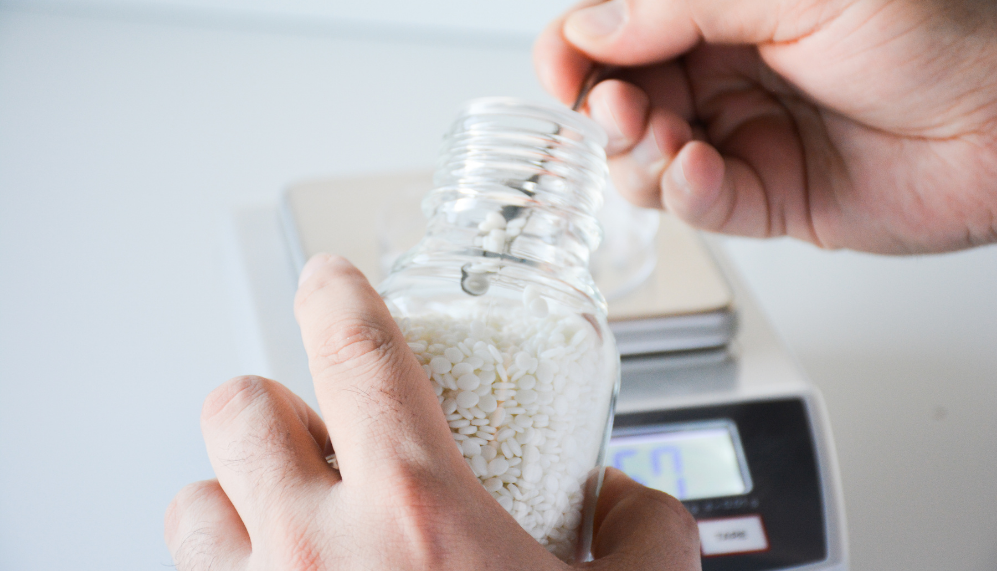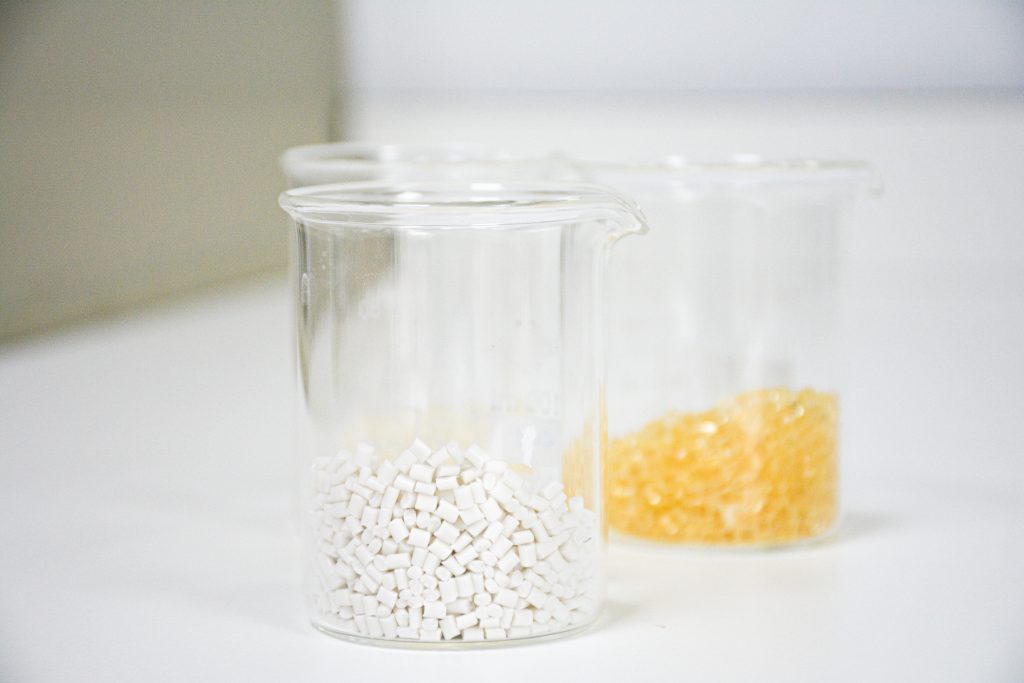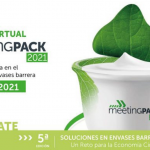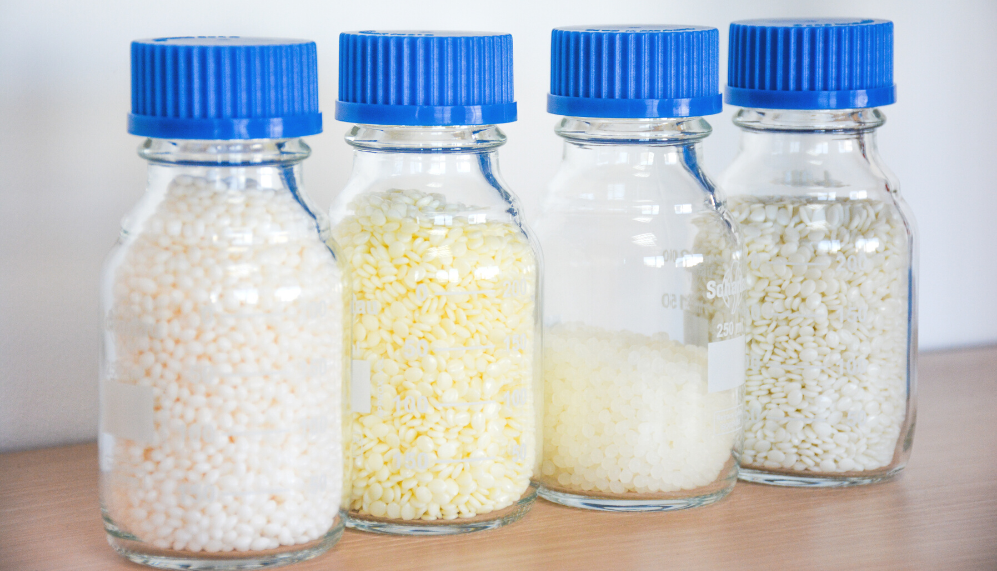
FAQs about bioplastics
The emergence of the term “bioplastic” has been accompanied by many frequently asked questions that have rarely been given the best answers. The explosion of these new materials that seek to be more sustainable with the environment has also unleashed a tide of disinformation and uncertainty that must be addressed.
From Prime Biopolymers, it is considered that especially the companies that we work for the reduction of the ecological footprint have the task to answer to these frequently asked questions on bioplastics and to disseminate the appropriate information on these new sustainable alternatives to contribute thus in good use of the concepts and terms that surround them.
For this reason, we have developed a basic guide on bioplastics that will help you to better understand some terms and know how to place this type of material in the appropriate category.
As We commented in our article “Know the definition and types of bioplastics“, bioplastics are not only a type of material, but this term encompasses a complete family of materials. Each of them will be able to cope with certain types of applications and will have different properties.
According to the European Bioplastics, plastic material is defined as “bioplastic” if it corresponds to one of the following types of plastic.
Types of bioplastic
Plastic material is “bioplastic” if it is biodegradable, biobased or both properties at once. We explain what each of these types of bioplastic means:
- Non-biodegradable bio-based plastics: refers to having plant origins, such as corn or sugar cane, but not biodegrading. An example is BioPE.
- Non-biobased plastics. In other words, they are derived from fossil sources but are biodegradable, such as PBAT.
- Plastics that are biobased and biodegradable, such as PLA.
Biodegradable plastic: what it means
Biodegradable plastic is a bioplastic that is degraded by the action of microorganisms such as fungi, bacteria or algae. In other words, unlike traditional plastic, biodegradable bioplastic can disintegrate through the action of the environment and the biological organisms we find in it.
It is important to note that the fact that plastic is biodegradable does not mean that it is not made from non-renewable materials, such as petroleum.
Which is compostable plastic?
Compostable plastic is one that during a composting process results in the formation of water, carbon dioxide and compost without the generation of any kind of toxic or microplastic resource.

How to know that plastic is compostable?
Standard UNE-EN 13432 certifies that the bioplastic meets the requirements and has passed all studies and compostability tests.
In this way, compostable plastic will always be biodegradable, but the opposite is not the case. This is because the compostability certificate has more stringent requirements than biodegradation.
What is biobased plastic?
The adjective “biobased” indicates that the carbon atoms of the chains of molecules are taken from nature. That is the origin “bio”.
A very enlightening example of this quality is BioPE. This material can be obtained from sugar cane has the characteristics of conventional polyethylene. However, it does not biodegrade in the environment.
How does biobased production affect land use?
According to European Bioplastics, in 2020 the global production capacity of bioplastics amounted to 2.11 million tons. This translates into approximately 0.70 million hectares of land. As a result, the area required to grow enough raw material for the production of bioplastics today is less than 0.02% of the world’s agricultural area out of a total of 4.7 billion hectares.
What are the advantages of bioplastics?
One of the frequently asked questions about bioplastics is the benefit of using these materials.
There are many advantages of bioplastics over the use of conventional plastics. While not all bioplastics can be used for all the applications that petroleum plastics currently have, innovation and development have made it possible to go a long way in a very short time.
The main benefit of using bioplastics is their ability to improve environmental impact. These materials help reduce greenhouse gas emissions and save on the use of fossil resources.
Also, being biodegradable, they reduce the volume of waste that we find in the landfill.





